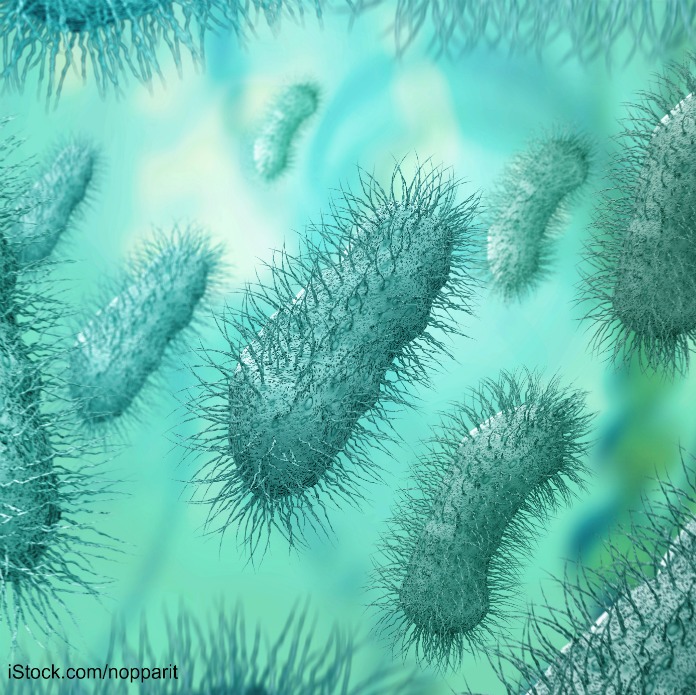 Does antimicrobial spray used by the poultry industry kill Salmonella or just temporarily hide it? A new study suggest the latter.
Does antimicrobial spray used by the poultry industry kill Salmonella or just temporarily hide it? A new study suggest the latter.
The study, Effect of Simulated Sanitizer Carryover on Recovery of Salmonella from Broiler Carcass Rinsates, published in the May edition of the Journal of Food Protection suggests that antimicrobial sprays and rinses may create false negatives in Salmonella testing.
Researchers from the U.S. Department of Agriculture’s Food Safety and Inspection Service (USDA-FSIS) dipped broiler carcasses into one of five sanitizer solutions and tested them at 0-, 1-, and 5-minute drip-time intervals. At the 0- and 1-min drip time equivalents, no Salmonella was found in three of the five sanitizers studied. But at the 5-min interval, one of the sanitizers had “significant bactericidal activity,” indicating, the researchers concluded, “that the currently utilized protocol for the recovery of Salmonella bacteria from postchill sanitizer interventions may lead to false-negative results due to sanitizer carryover into the carcass rinsate.”
“This research calls into question the FSIS data on Salmonella contamination in chicken,” said Thomas Gremillion, Director of Food Policy at Consumer Federation of America in a statement about the study. “FSIS has reported significant reductions in positive test samples every year for the last several years, but this study suggests those numbers might reflect flaws in the testing procedures rather than actual gains towards protecting consumers.”




